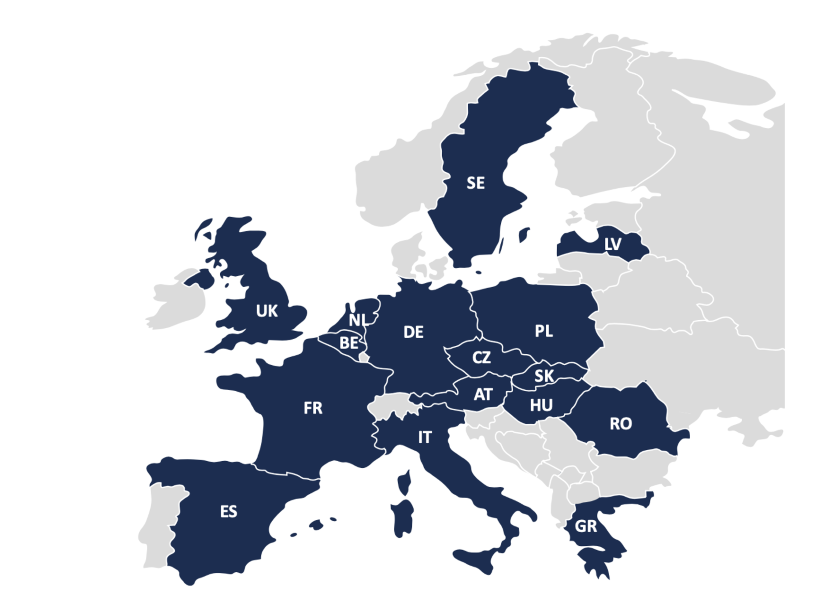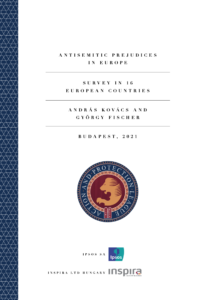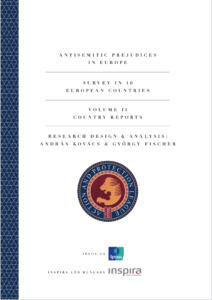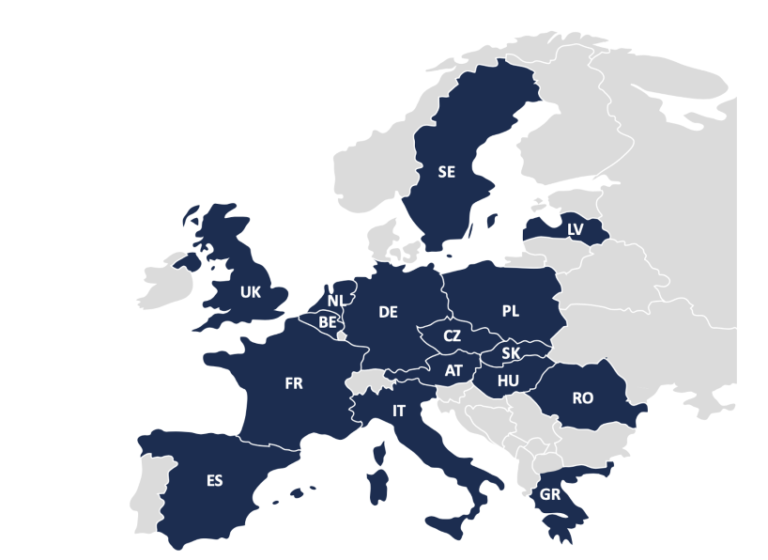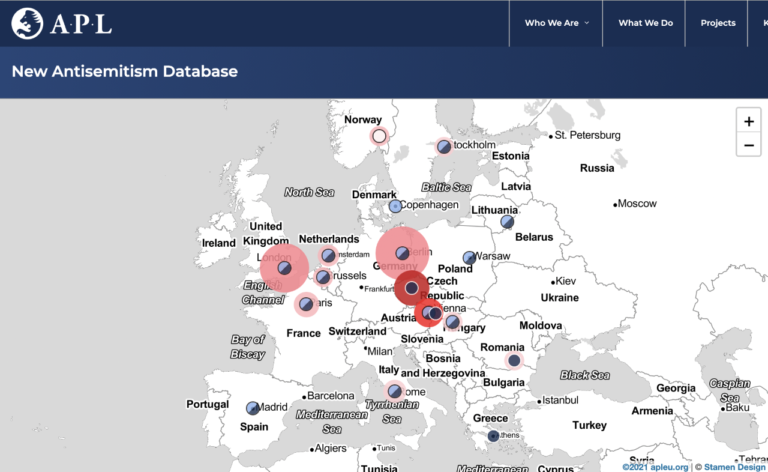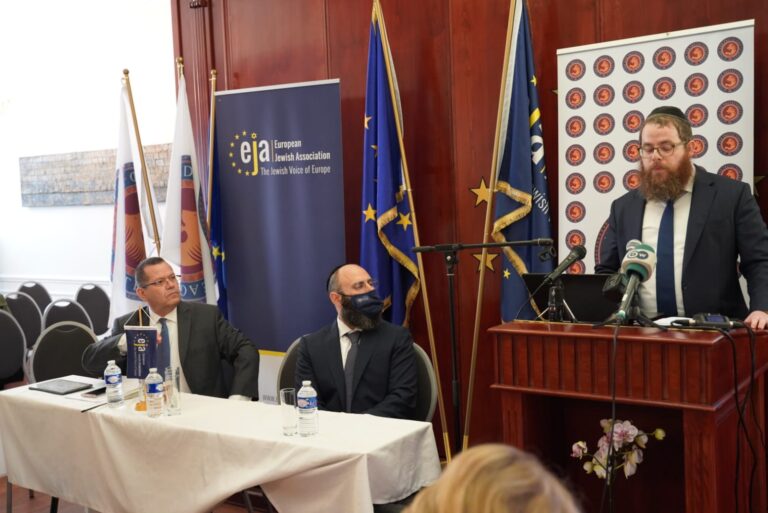Antisemitic Prejudices in Europe
Many in Europe today are concerned about the rise in violence against Jews, which clearly raises fears in Jewish communities on the Continent. Neither Jewish communities nor individual Jews can be protected unless there is data on antisemitic incidents and scientifically thorough situation analysis. We need to know and analyze the current social attitudes related to antisemitism, to the coexistence with Jews, mutually held prejudices, related taboos in a representative sample of the European countries’ population.
This is the reason why we have launched the largest European antisemitism survey. The research, initiated by the Action and Protection League and carried out by the polling companies Ipsos and Inspira, aims to provide a comprehensive picture of antisemitic prejudice in 16 countries in the European Union.
Data were collected between December 2019 and January 2020 in 16 European countries: Austria, Belgium, Czech Republic, France, Germany, Greece, Hungary, Italy, Latvia, Netherlands, Poland, Romania, Slovakia, Spain, Sweden, United Kingdom. 1000 people were surveyed in each country.
We used a total of 24 questions to measure antisemitism. We measured the cognitive and conative dimensions of prejudice with 10 questions, and three additional questions for the affective dimension of antisemitism, that is, to measure the emotional charge of antisemitic prejudice. We mapped secondary antisemitism relativizing the Holocaust with seven questions and antisemitic hostility against Israel with four questions. We used two and three questions, respectively, to measure sympathy for Jews and for Israel.
With the exception of questions about affective antisemitism, all questions were asked in the same form: Respondents were asked to indicate on a five-point scale how much they agreed with the statements in the question (strongly agree; tend to agree; neither agree nor disagree; tend to disagree; strongly disagree).
The Action and Protection League is supported by the Bethlen Gábor Fund.

If you are interested to see the research results please read the study and the country reports below.
